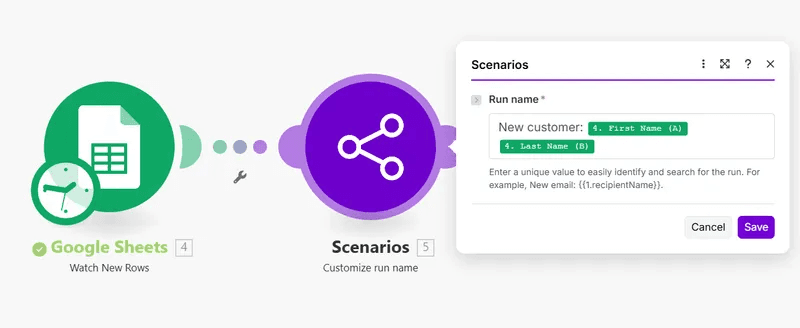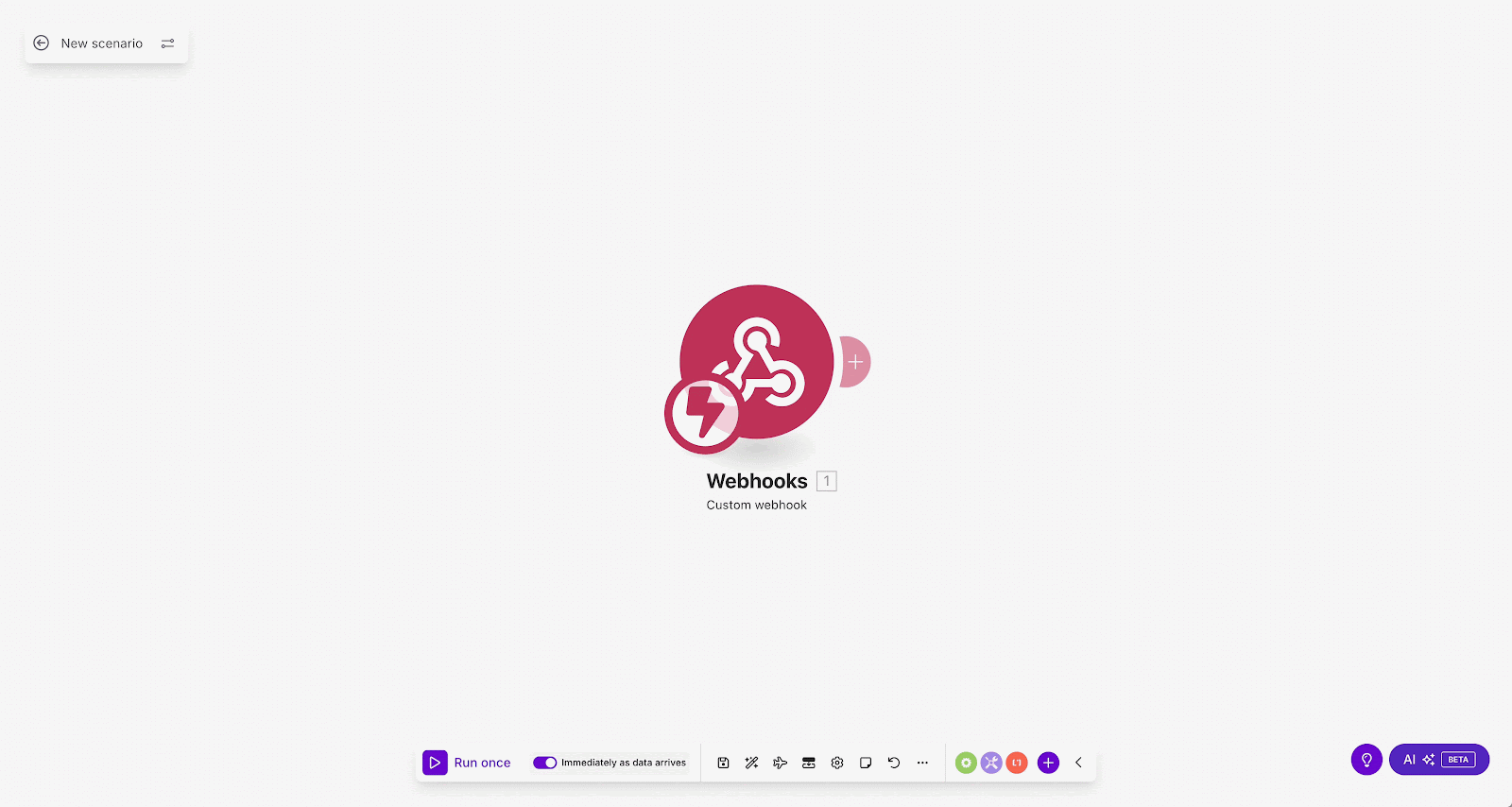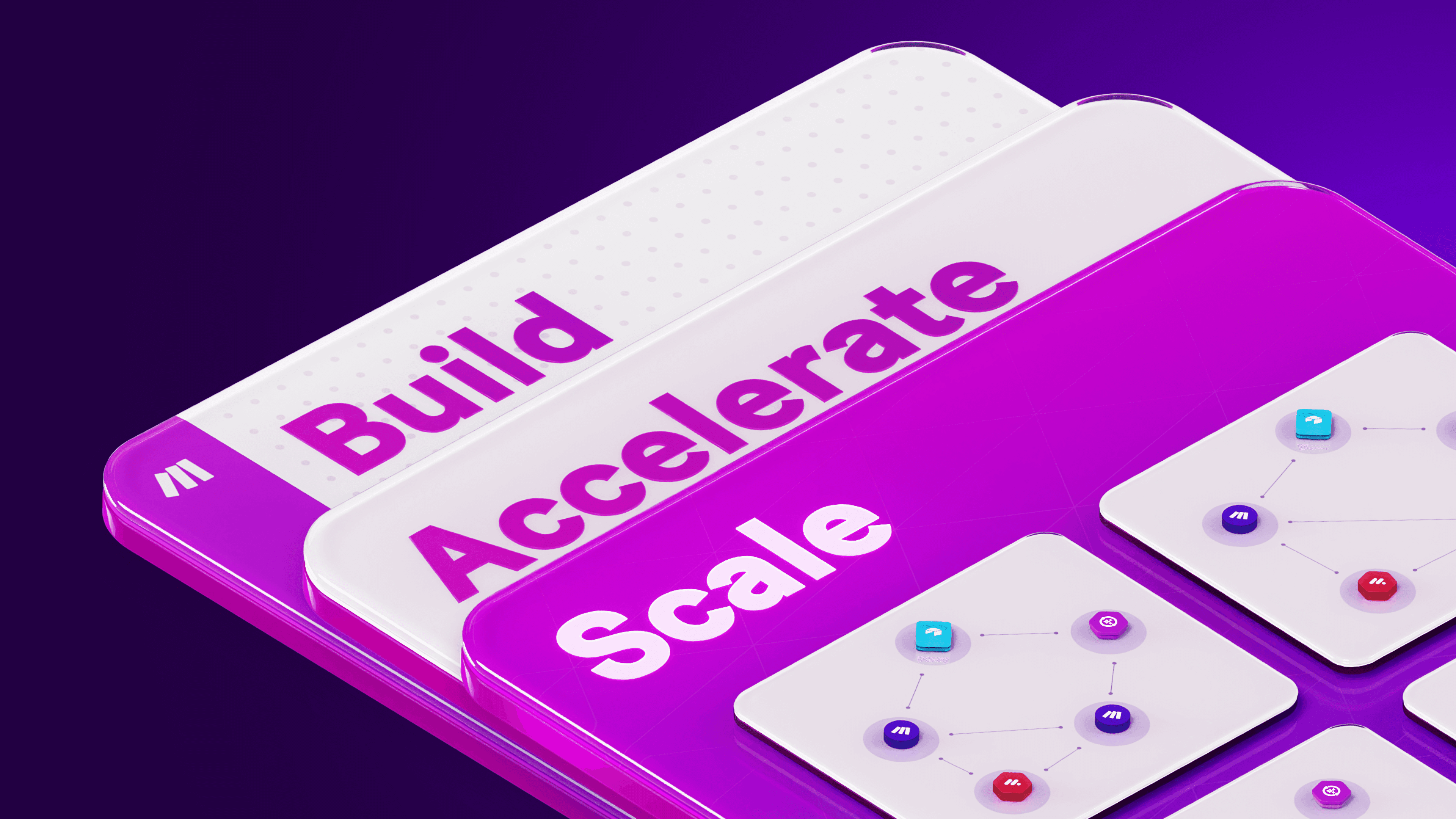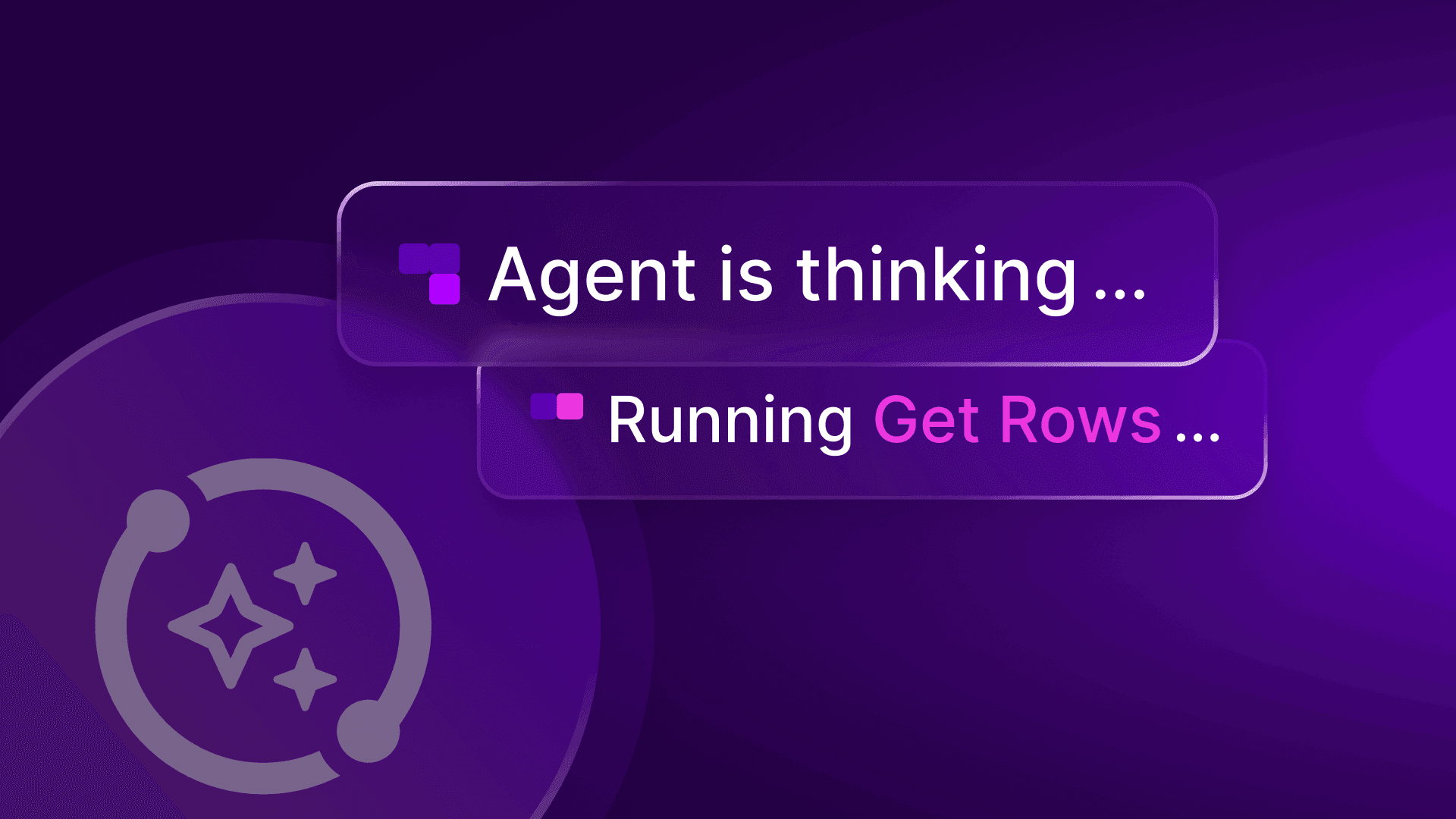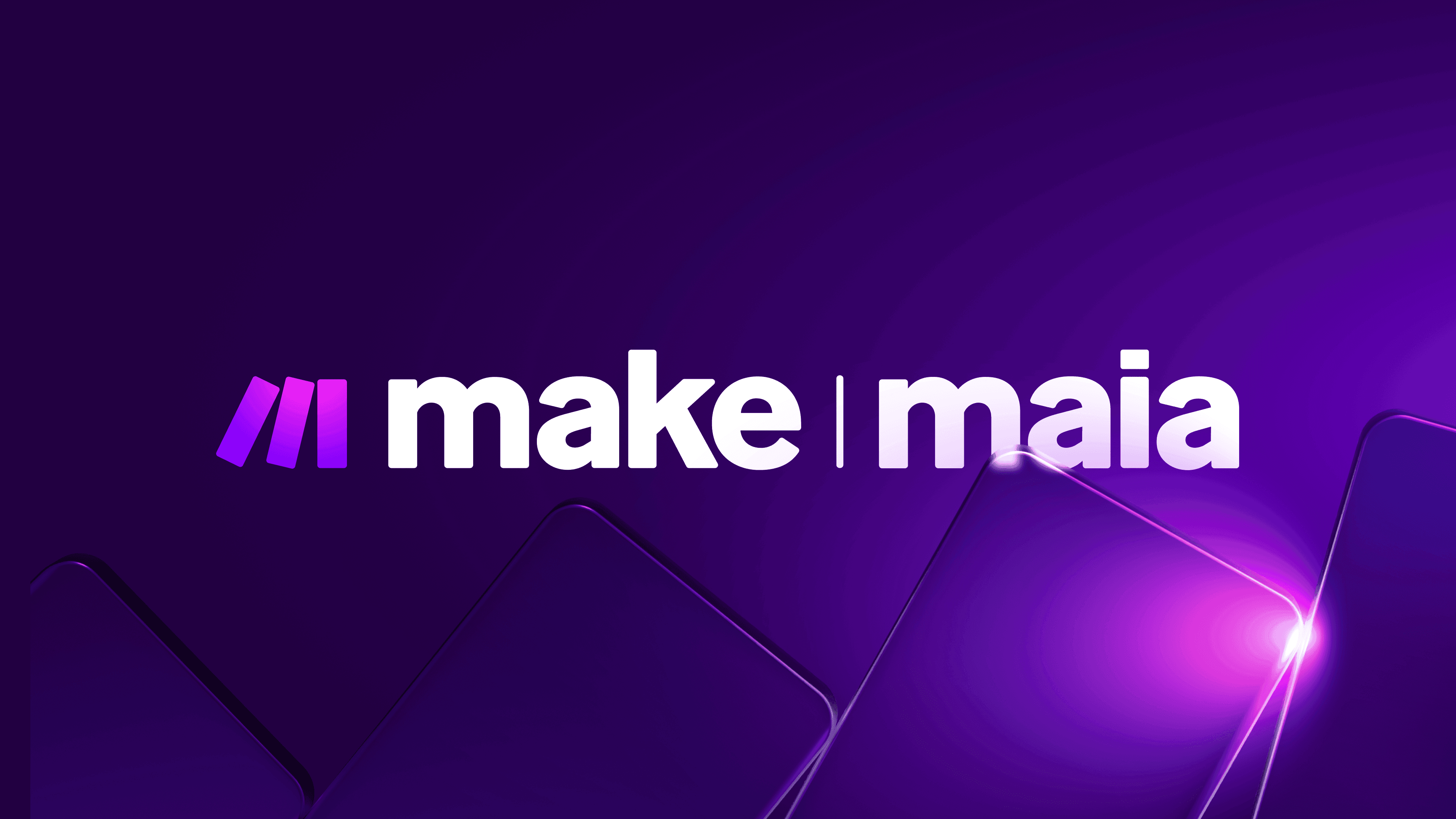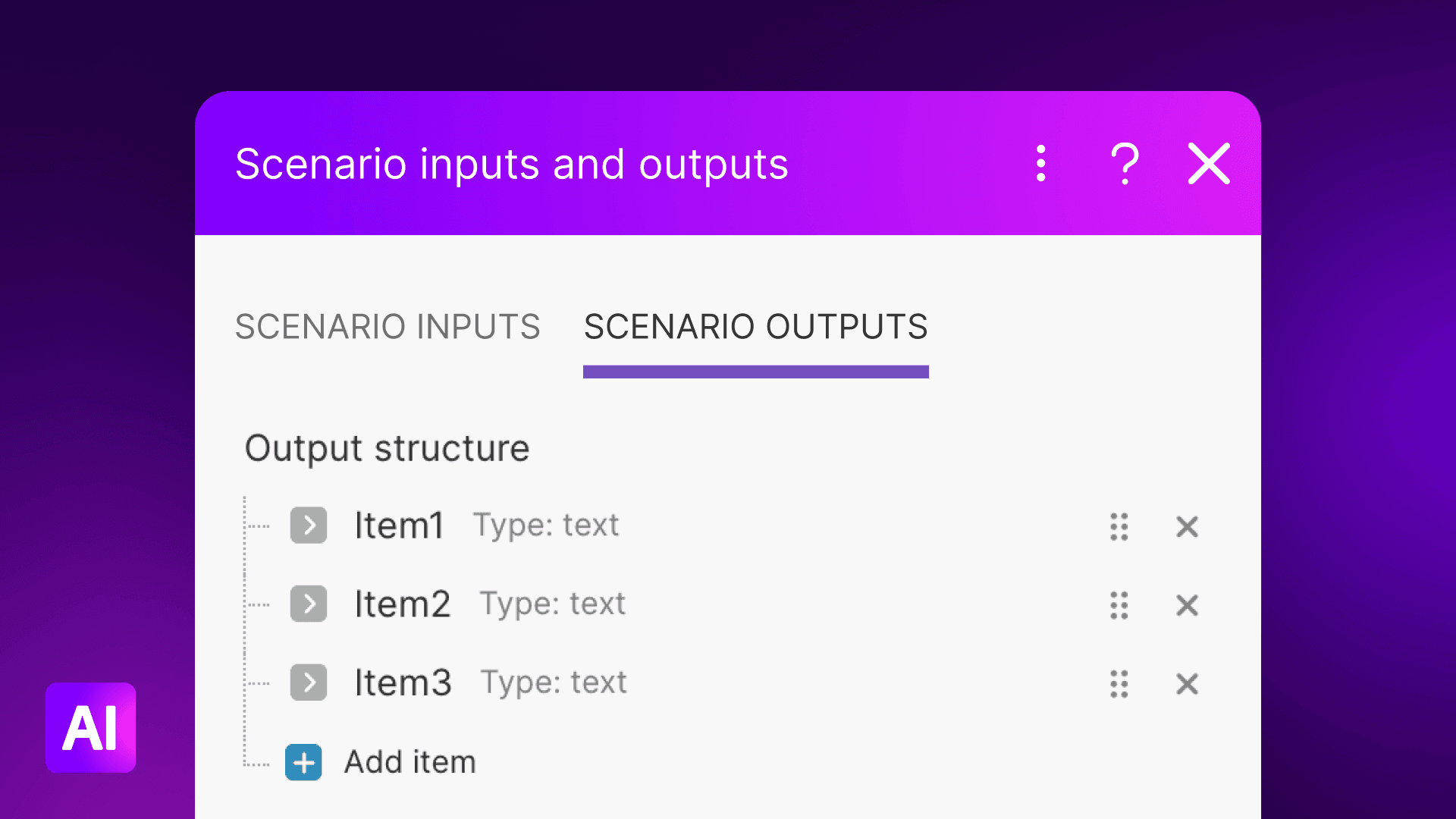Oct 30, 2025 | 3 minutes
3 new ways to gain more control over your automations
Daniel Born, Senior Product Manager at Make, runs through three powerful new core features that help you build future-proof automations while maintaining clarity and superior error handling.
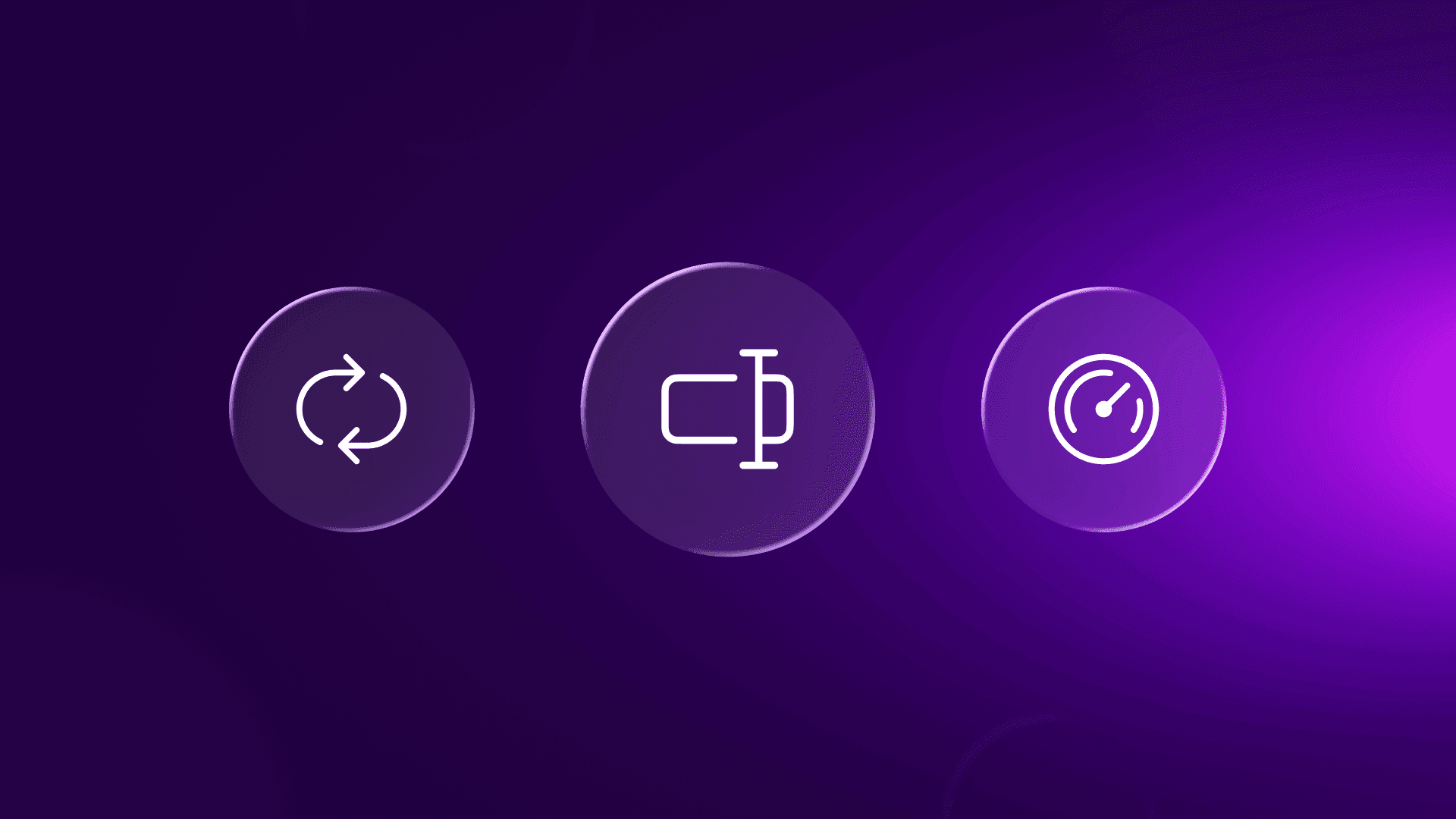
AI and automation are two powerful parts of the same puzzle. To make them work seamlessly together, you need an automation platform that's not just capable, but reliable too.
That's why we're always strengthening that foundation. With these three powerful new features, you'll get both more control and more flexibility to build and scale your critical automations. Let's take a look at what these features are and how they help you unlock real value, not just hype.
Test, debug, and backfill data faster with Scenario Run Replay – Available now on all plans
Imagine that one of your key automations – like processing daily financial transactions – suddenly fails. Perhaps a third-party API had a momentary hiccup, or some incoming data was malformed. Before now, this meant tracking down the original data and manually re-triggering the scenario to troubleshoot where things went wrong – not hard in simpler scenarios, but not always simple as things grew more complex. This is where Scenario Run Replay comes in.
The new Scenario Run Replay feature lets you re-run any scenario – whether it failed or succeeded – using the exact same trigger data from the original run. Just scroll through your Scenario History and click the replay icon as needed – you can identify errors and prevent data loss with a single click.
You can also use Scenario Run Replay directly in the Scenario Builder to validate new logic using real, historical data.
To master this step forward in error handling and building more complex logic capabilities in mission-critical scenarios, check out our step-by-step guide to Scenario Run Replay.
Make your Scenario History easily readable with Custom Run Naming – Available now on all plans
But as powerful as Scenario Run Replay is, it works even better when you're easily able to find the exact runs you want to fix – which can be useful in especially high-volume scenarios. To give you at-a-glance clarity and make your history easily readable, we built Custom Run Naming.
Now you can name your individual scenario runs using data directly from your modules. Simply add the Scenarios module to your scenario, then, in the "Run name" field, add any natural-language labels you may want and map your desired bundles. This lets you create dynamic run names like "New customer: Jane Doe", "New customer: John Smith", and so on for each individual run – in other words, your log instantly becomes a human-readable history.
And, as is the case with all modules in the Scenarios app, naming a run doesn't consume any credits – it just makes debugging faster and gives you immediate observability into what each run accomplished.
Check out our full setup guide for Custom Run Naming to start using it today.
Protect your engine from overloads with Scenario Rate Limits – Available now on all plans
A strong automation engine needs to remain stable, especially under pressure. We've all seen it: a sudden flood of thousands of webhooks all at once. Your scenario dutifully tries to process them instantly, but the connected app's API can't handle the deluge, leading to rate limits, failed calls, and automations that don't do what you need. To help you manage unexpected influxes and protect your workflows, we've introduced Scenario Rate Limits.
This feature lets you set a "speed limit" for your scenarios, allowing you to configure a maximum number of runs per minute. This ensures stability, respects third-party API limits, and lets you run your automations with confidence: you know your scenarios will process any incoming data at a safe, steady pace.
See our guide on how to configure Scenario Rate Limits.
Conclusion
These are just a few of the most useful and most recent I had the chance to introduce to some of our customers in person at Waves '25, our annual customer event. But there were also many more recent features and big breakthroughs announced by the Make Product team, all of them focused on giving you clarity and confidence as you build, accelerate, and scale with automation and AI.
Ready to make the automation revolution happen?




